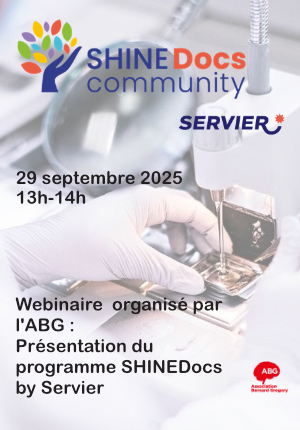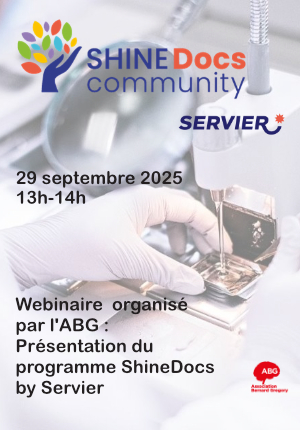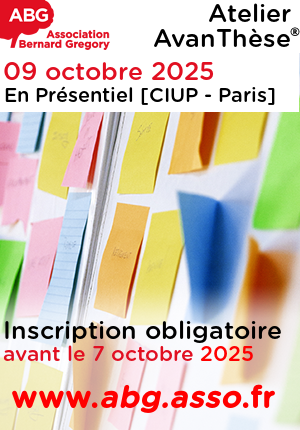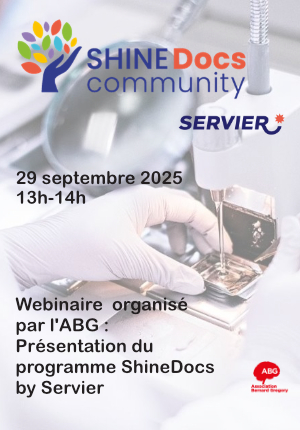Post-doc L’évaluation de l’empreinte environnementale des médias audiovisuels
| ABG-133340 | Sujet de Thèse | |
| 05/09/2025 | Autre financement public |
- Electronique
Description du sujet
Technological developments in audiovisual media distribution. Audio and video media distribution technologies have evolved significantly. The expansion of broadband networks has enabled the development of new video services such as Internet Protocol Television (IPTV), catch-up TV (replay) and video on demand (VOD). The radio media sector is also undergoing major changes, with a proliferation of broadcasting channels complementing FM broadcasting. Since 2014, DAB+ digital radio broadcasting has been gradually rolling out in France, with coverage of more than 70% of the metropolitan population by the end of 2024. As with video, new services are available on the internet with IP radio, catch-up podcasts and native podcasts.
Environmental impact of audiovisual media distribution. The rapid emergence of these new services has led to a sharp increase in data traffic exchanged on digital infrastructures, requiring a significant increase in material resources for these infrastructures. As a result, the consumption of audiovisual content has a significant impact on global greenhouse gas (GHG) emissions. According to the think tank The Shift Project, online video viewing accounted for 1% of global GHG emissions in 2017, which is comparable to Spain's GHG emissions. This trend is unsustainable and solutions must be found to reduce the environmental impact of the audiovisual ecosystem.
Modelling the environmental impact of audiovisual media distribution. The aim of this research is to propose a comprehensive model for assessing the environmental footprint of audiovisual content distribution and consumption, taking into account all elements of the chain (transmitter, data centre, core and access network, terminal). This model will be based on a combination of data from the literature, life cycle analysis databases and assessments carried out as part of this position. More specifically, life cycle analyses of certain equipment in the audiovisual media distribution chain will be carried out. Particular attention will be paid to the manufacturing and usage (energy consumption) phases of the chain's components.
In the field of radio, this research will be carried out in cooperation with Corlab (the Coordination of Local and Community Radio Stations in Brittany) and FRAP (the Federation of Community Radio Stations in the Pays-de-la-Loire region) as part of the Ondes Durables collaborative project. This will provide an accessible testing ground for measuring radio equipment.
Prise de fonction :
Nature du financement
Précisions sur le financement
Présentation établissement et labo d'accueil
INSA Rennes is Brittany's largest public engineering school. It has 2,040 students and apprentices. More than 340 engineers, 60 master's students and 40 PhD students graduate from the school each year. Comprising nine teaching departments, eight engineering specialisations (including two apprenticeship programmes) and seven research laboratories, INSA employs around 540 public sector staff (researchers, teachers, BIATSS) and more than 70 temporary staff from the private sector.
The Institute of Electronics and Digital Technologies (IETR) is a joint research unit of the CNRS (UMR 6164) with 360 members. The institute conducts research in the field of information and communication sciences and technologies. The Vaader team at the IETR laboratory works on all aspects of image and video processing, from algorithm design to implementation on embedded systems. The team has extensive expertise in video coding and has developed several real-time decoders such as the OpenHEVC and OpenVVC decoders. For several years, the Vaader team has been interested in the environmental impact of media broadcasting.
Site web :
Profil du candidat
The candidate must hold a master's degree, engineering degree or doctorate in telecommunications, electronics, signal processing or computer science. They must have knowledge and skills in the following areas:
Life cycle analysis (in-house training possible at the start of the contract)
Digital system consumption
Networks and telecommunications
Audio and video coding
French and English: reading, writing and speaking.
Vous avez déjà un compte ?
Nouvel utilisateur ?
Vous souhaitez recevoir nos infolettres ?
Découvrez nos adhérents
 MabDesign
MabDesign  Laboratoire National de Métrologie et d'Essais - LNE
Laboratoire National de Métrologie et d'Essais - LNE  CASDEN
CASDEN  PhDOOC
PhDOOC 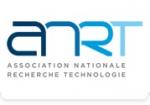 ANRT
ANRT  Aérocentre, Pôle d'excellence régional
Aérocentre, Pôle d'excellence régional  SUEZ
SUEZ  CESI
CESI  Généthon
Généthon  ASNR - Autorité de sûreté nucléaire et de radioprotection - Siège
ASNR - Autorité de sûreté nucléaire et de radioprotection - Siège  Groupe AFNOR - Association française de normalisation
Groupe AFNOR - Association française de normalisation 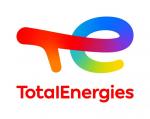 TotalEnergies
TotalEnergies 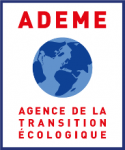 ADEME
ADEME  ONERA - The French Aerospace Lab
ONERA - The French Aerospace Lab  Ifremer
Ifremer  Institut Sup'biotech de Paris
Institut Sup'biotech de Paris  MabDesign
MabDesign  Nokia Bell Labs France
Nokia Bell Labs France  Tecknowmetrix
Tecknowmetrix

